Thanks to its proximity with Montreal, the city of Laval is now one with the highest population growth of the province. Projections actually show that Laval will reach 500,000 people in 2030, which represents a growth of about 26% since 2011.
If we wish to meet the needs regarding housing, sustainable mobility and services for this ever growing population as well as for future generations without decreasing the quality of life, it is imperative to adopt an appropriate land planning strategy that will allow for sustainable development.
During the past decade, the City of Laval and the Metropolitan Community of Montreal adopted land use plans that clearly delineated areas dedicated to development as well as those intended for protection of conservation. Density assignments allow for various height developments, TOD (transit-oriented development) areas are designed in order to focus services close to inhabited areas, Specific Land Use Planning Areas are defined and many other development tools are detailed.
Not only do these tools allow us to avoid exaggerated development in our neighbourhoods and the green spaces that are left, they also enable the population to have access to relevant information for whoever wishes to express their thoughts regarding the future of their community’s development. Adopted following public consultations, they make it possible to delineate the permitting processes no matter which political party is in power.
The vision of the territory must not however be confined to a few delimited parcels of land or the sole role that is given to them by land use plans. The vocation of some areas dedicated to development must not become a blank cheque for the destruction of ecosystems. Important questions must be kept in mind if we want to favour a development that takes into account the carrying capacity of ecosystems and allow for the flourishing of everybody and everything.
Does the development project allow for…
- the maintenance of islands of freshness that enables the population to have easy access to shading as well as a comfortable ambient temperature?
- the maintenance of the interconnectivity of ecosystems that are fragmented by the said development project?
- the optimization of the management of waste water and urban runoff so that the sewer system is never saturated?
- the improvement of social cohesion by planning meeting places and leisure spots?
- the improvement of the civic experience by building schools, libraries, early childhood centres and other institutional bodies?
- the support of sustainable mobility by including developments that encourage active and collective transportation?
- the promotion of healthy air quality close to the most urbanized areas?
The CRE de Laval team ask themselves these questions when analyzing each and every project, as they are imperative for the harmonization of urban and natural environments. Decision makers and promoters ought to ask themselves the same questions and to listen to those who express them if, again, we wish that our living environments take into account the carrying capacity of ecosystems.



